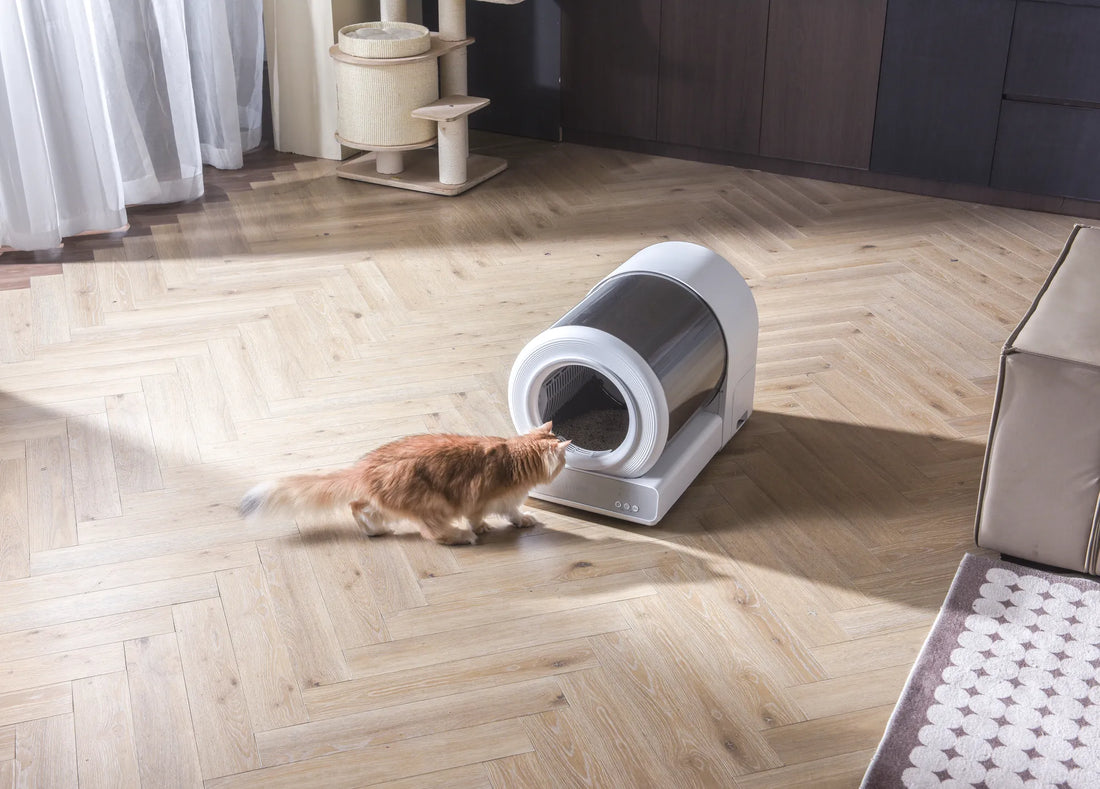If your cat has suddenly stopped using the litter box, you're likely feeling frustrated and concerned. This behavior can be puzzling and stressful for pet owners, but understanding the underlying causes is the first step toward resolving the issue. Cats are creatures of habit, and any deviation from their routine can signal a problem that needs attention.
Common Reasons for Litter Box Avoidance
There are several reasons why your cat might be avoiding the litter box. Identifying the cause is crucial to finding the right solution.
Medical Issues
One of the most common reasons for litter box avoidance is a medical problem. Cats may associate the litter box with pain if they are suffering from a urinary tract infection, kidney issues, or other health concerns. If your cat is straining to urinate, has blood in their urine, or is urinating more frequently than usual, it's essential to consult a veterinarian immediately.
Stress and Anxiety
Cats are sensitive animals, and changes in their environment can lead to stress and anxiety. Moving to a new home, introducing a new pet, or even rearranging furniture can cause your cat to feel unsettled. This emotional distress can manifest in litter box avoidance as your cat seeks to mark their territory or express their discomfort.
Litter Box Preferences
Cats can be quite particular about their litter box. If the box is too small, too dirty, or filled with a type of litter they dislike, your cat may choose to avoid it. Additionally, the location of the litter box plays a significant role. If it's placed in a noisy or high-traffic area, your cat might feel too exposed or distracted to use it.
Behavioral Issues
Sometimes, litter box avoidance is a behavioral issue. Cats may develop negative associations with the litter box due to past experiences, such as being startled while using it. In other cases, they may be marking their territory or expressing dominance, especially in multi-cat households.
How to Address Litter Box Avoidance
Once you've identified the potential cause of your cat's litter box avoidance, you can take steps to address the issue and encourage proper litter box use.
Consult a Veterinarian
If you suspect a medical issue, the first step is to consult a veterinarian. A thorough examination can rule out or diagnose any health problems that may be causing your cat's behavior. Early intervention is key to preventing more serious complications.
Reduce Stress and Anxiety
To help your cat feel more secure, try to minimize changes in their environment. Provide plenty of hiding spots, vertical spaces, and familiar items like their favorite toys or bedding. If you've recently introduced a new pet, ensure that each animal has their own space and resources to reduce competition and stress.
Optimize the Litter Box Setup
Ensure that the litter box meets your cat's preferences. Choose a box that is large enough for your cat to move around comfortably, and keep it clean by scooping daily and changing the litter regularly. Experiment with different types of litter to find one that your cat prefers. Place the litter box in a quiet, low-traffic area where your cat feels safe and undisturbed.
Address Behavioral Issues
If your cat's litter box avoidance is behavioral, consider consulting a feline behaviorist. They can help you understand your cat's motivations and develop a plan to modify their behavior. In multi-cat households, ensure that each cat has their own litter box to reduce territorial disputes.
Preventing Future Litter Box Problems
Preventing litter box avoidance starts with understanding your cat's needs and preferences. By creating a comfortable and stress-free environment, you can encourage consistent litter box use.
Maintain a Clean Litter Box
Regularly cleaning the litter box is essential to keeping your cat happy and healthy. Scoop waste daily, and change the litter completely at least once a week. If you have multiple cats, consider providing one litter box per cat, plus an extra one to ensure that there's always a clean option available.
Monitor Your Cat's Health
Regular veterinary check-ups can help catch potential health issues before they lead to litter box problems. Keep an eye on your cat's behavior and litter box habits, and seek veterinary advice if you notice any changes.
Create a Cat-Friendly Environment
Make your home a welcoming space for your cat by providing plenty of enrichment opportunities. Offer scratching posts, climbing trees, and interactive toys to keep your cat mentally and physically stimulated. A happy and engaged cat is less likely to develop behavioral issues, including litter box avoidance.
Understanding why your cat has suddenly stopped using the litter box is the first step toward resolving the issue. By addressing medical concerns, reducing stress, optimizing the litter box setup, and preventing future problems, you can help your cat return to their regular habits. Remember, patience and consistency are key as you work to restore harmony in your home.













